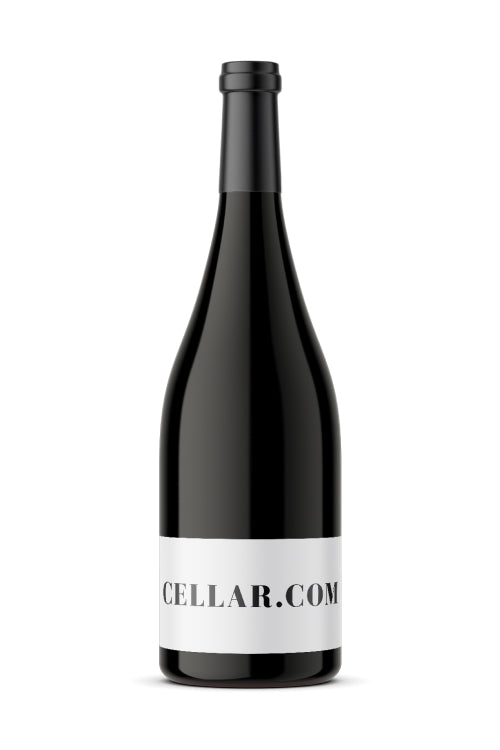1
/
of
1
J. Lohr Merlot Los Osos - 2020 (750ml)
J. Lohr Merlot Los Osos - 2020 (750ml)
Regular price
$17.99
Sale price
$17.99
Regular price
$17.99
Unit price
/
per
Share :

- varietal
- Region
- Sub - Region
- Reviews
Merlot has a reputation for producing smooth, velvety wines that vary depending upon the climate and soil type. Warm conditions on clay soils often produce soft, fruit forward styles. Cool, higher elevation sites produce wine with a slightly more austere structure. It still reigns as one of the world's most noble varieties forming the majority of the blend in Bordeaux’s right bank vineyards of Pomerol and Saint-Emilion. It is now prevalent across the world, achieving particular success in South America, California, and Washington. In central Italy, Merlot is either bottled as a varietal or blended with Sangiovese and Cabernet Sauvignon to form Indicazione Geografica Tipica's (IGT), known as Super Tuscans.
California is one of the most diverse wine producing regions of the world. Although it has a history spanning over 200 years, it has experienced most of its growth in the last fifty years. The regions of Napa Valley and Sonoma County have become as renowned as France’s Bordeaux and Burgundy. While Cabernet Sauvignon, Pinot Noir, and Chardonnay are by far the most popular fine wine varieties, producers in the Golden State have also experimented with an unparalleled array of diverse varieties, including Zinfandel, Syrah, Nebbiolo, Sangiovese, and Tempranillo.
Paso Robles was the largest un-subdivided AVA within California at approximately 614,000 acres. By contrast, the Napa Valley appellation (which includes sixteen AVA's delineated within its bounds) is roughly one-third the area at 225,000 acres. Since the Paso Robles AVA was established in 1983, Paso Robles has grown to encompass 200+ wineries and 32,000 vineyard acres. This vineyard acreage is spread over a sprawling district roughly 42 miles east to west and 32 miles north to south. Average rainfall varies from more than 30 inches a year in extreme western sections to less than 10 inches in areas farther east. Elevations range from 700 feet to more than 2400 feet. Soils differ dramatically in different parts of the AVA, from the highly calcareous hills out near us to sand, loam and alluvial soils in the Estrella River basin. The warmest parts of the AVA accumulate roughly 20% more heat (measured by growing degree degree days) than the coolest; the average year-to-date degree days in the Templeton Gap since 1997 is 2498, while in Shandon far out east it's 2956. This difference in temperatures is enough to make the cooler parts of the AVA a Winkler Region II in the commonly used scale of heat summation developed at UC Davis, while the warmest sections are a Winkler Region IV.


